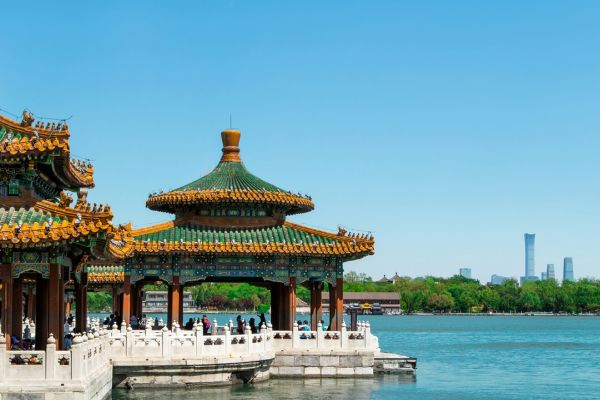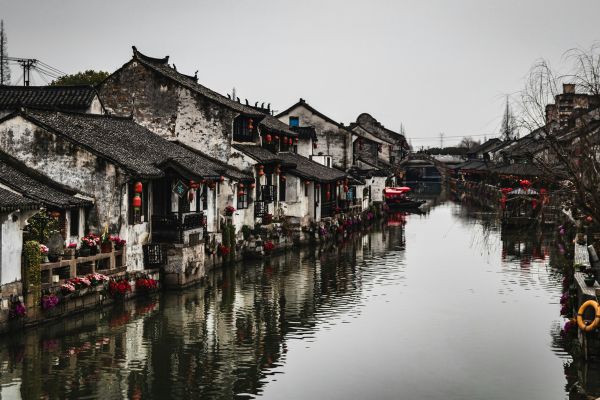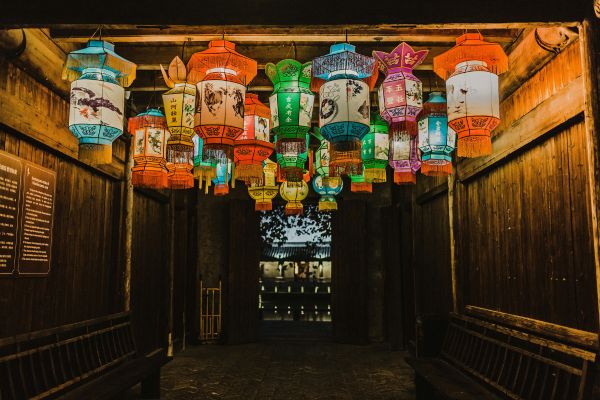
China International Economic and Trade Arbitration Commission (CIETAC), the Singapore International Arbitration Center (SIAC) and the International Arbitration Court of the International Chamber of Commerce (ICC) have administered a large number of international arbitration cases involving Chinese enterprises.
This post was first published in CJO GLOBAL, which is committed to providing consulting services in China-related cross-border trade risk management and debt collection. We will explain how debt collection works in China below.
On 9 Sept. 2022, CIETAC and Beijing JunZeJun Law Firm jointly issued the “Research Report on International Arbitration involving Chinese Enterprises in 2022” (2022年度中国企业“走出去”仲裁调研报告). The survey was launched by CIETAC in the first half of 2022 and carried out by JunZeJun Law Firm.
The research team surveyed more than 150 enterprises through questionnaires and collected the opinions of experts and representatives from judicial organs, arbitration institutions, research institutions and enterprises through online interviews and offline round tables.[1]
The highlights of the report are summarized as follows.
I. Who administered the international arbitration cases involving Chinese enterprises?
In 2020, 61 of China’s domestic arbitration institutions had administered a total of 2,180 international cases, among which 739 cases were accepted by CIETAC.
Between 2017 and 2021, CIETAC accepted 450 to 750 foreign-related cases annually. This shows that CIETAC is the major international arbitration institution in China.
Among the outbound arbitration institutions, the number of cases involving Chinese parties accepted by the SIAC and the International Arbitration Court of the ICC is between 70 and 100 in most years, while the Arbitration Court of the Stockholm Chamber of Commerce in Sweden accepts no more than ten cases involving Chinese parties each year.
The number of cases from China accepted by the International Arbitration Court of ICC has been ranked among the top ten in the past five years, with the exception of 2018.
Over the past five years, the total number of cases accepted by SIAC in which Chinese entities acted as the claimant or the respondent was 515. This number was only after that of India and the United States, ranking third place.
The Hong Kong International Arbitration Center (HKIAC) handles more than 100 cases each year in which one or both of the parties are from Mainland China, which ranked second, only after Hong Kong.
From 2017 to 2021, 69 cases were accepted by the Japan Chamber of Commerce Arbitration Association, of which 59 were foreign-related cases. And cases involving Mainland China were up to 22, accounting for 32% of its total, ranking first.
II. How do Chinese enterprises participate in international arbitration?
In the international arbitration cases in which Chinese enterprises participate, the disputes involving contracts for the sale of goods and contracts for construction projects stay ahead of many other cases.
In terms of dispute resolution, 86% of respondents suggested they would choose arbitration, and 9% said they would agree on litigation or no dispute resolution clauses in foreign-related contracts.
CIETAC, HKIAC and SIAC were ranked among the first three international arbitration institutions chosen by the respondents. Among them, most Chinese enterprises chose CIETAC. In addition, many Chinese companies would choose Hong Kong as the venue of arbitration.
In terms of the arbitration results, 45% of respondents said they had reached a settlement, 31% indicated that successful cases were more than lost ones, 19% suggested that winning and losing cases were basically even, and only 5% said they lost more in foreign-related arbitration cases.
III. Dilemma of Chinese Enterprises in International Arbitration
Most of the respondents considered that the main difficulties they faced in international arbitration are: excessive time limits, high arbitration costs, language difficulties, inexperience to select suitable arbitrators, and difficult transportation to the venue.
For arbitration costs, 29% of respondents spent an average of CNY1 million to CNY 5 million per arbitration case.
More than half of the surveyed enterprises hope to improve the online arbitration procedures, translation support, mediation and arbitrator management of arbitration institutions.
Many respondents indicated that they often had to choose an arbitration institution that they were not familiar with in international arbitration. This shows that it remains to strengthen the publicity of the international arbitration institutions in China’s market.
[1] https://www.ccpit.org/a/20220915/20220915xptn.html
* * *
Do you need support in cross-border trade and debt collection?
CJO Global's team can provide you with China-related cross-border trade risk management and debt collection services, including:
(1) Trade Dispute Resolution
(2) Debt Collection
(3) Judgments and Awards Collection
(4) Anti-Counterfeiting & IP Protection
(5) Company Verification and Due Diligence
(6) Trade Contract Drafting and Review
If you need our services, or if you wish to share your story, you can contact our Client Manager Susan Li (susan.li@yuanddu.com).
If you want to know more about CJO Global, please click here.
If you want to know more about CJO Global services, please click here.
If you wish to read more CJO Global posts, please click here.
Contributors: Meng Yu 余萌









